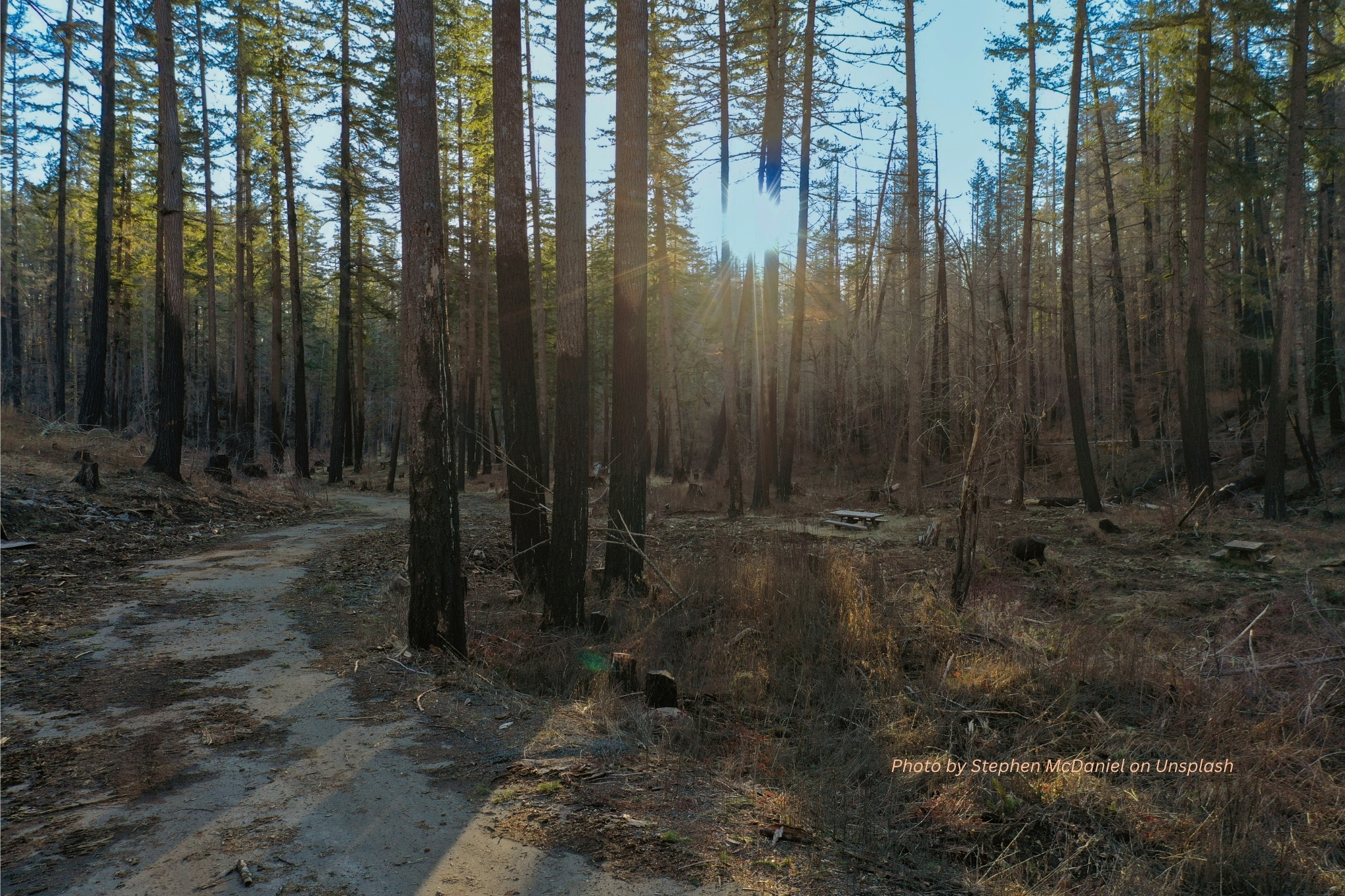Grounding Practices to Calm the Nervous System
by Antonia Balfour, L.Ac.
The Need for Grounding
When we experience illness, stress, or uncertainty, the nervous system often shifts into survival mode – a state of hypervigilance, anxiety, or exhaustion.
Grounding practices gently remind the body that it is safe. They invite us back into presence – reconnecting with the stability beneath us, the rhythm of the breath, and the sensations of being alive.

In both Traditional Chinese Medicine and modern neuroscience, healing begins with regulation. When the nervous system feels calm and supported, Qi and blood can flow freely, digestion and immunity improve, and the mind becomes more peaceful.
Why Grounding Matters in Healing
Grounding is more than relaxation – it’s a way of re-establishing the body’s natural equilibrium after stress or trauma.
These simple practices help to:
- Calm the sympathetic (“fight or flight”) response
- Activate the parasympathetic (“rest and digest”) system
- Improve sleep and digestion
- Reduce anxiety and overwhelm
- Support emotional stability during treatment and recovery
In Chinese medicine, grounding aligns with strengthening the Earth element, connected to the Spleen and Stomach – the organs responsible for nourishment, stability, and centeredness.
Simple Grounding Practices
You don’t need special equipment or long sessions to feel the effects. Just a few minutes each day can shift your state.
1. Feel the Earth Beneath You
Stand or sit with your feet flat on the ground.
Notice the surface supporting you – the floor, the chair, the earth itself.
Breathe slowly. With each exhale, imagine any tension flowing down through your feet into the ground.
With each inhale, draw in steady, nourishing energy from below.
2. Body Awareness Scan
Bring gentle attention from the crown of your head down through your body: the face, shoulders, chest, belly, legs, and feet.
Pause where you feel tension, and breathe into that space.
Let your awareness travel downward – as if settling sand in a jar of water.
3. Weighted Breath
Place a hand on your belly or over your heart.
Take slow breaths, counting to four on the inhale and six on the exhale.
Imagine your body becoming heavier, supported, and calm with each cycle.
4. Nature Connection
Step outside if possible. Feel your feet on the ground, notice the temperature of the air, the sound of wind or birds.
Allow your senses to anchor you in the present moment – a simple reminder that life continues to move gently around you.
When the Mind Feels Unsteady
It’s normal for thoughts to race or emotions to rise when we first slow down.
If you feel restless, focus on something tangible – the rhythm of your breath, the contact of your feet with the ground, or the feeling of your hands resting in your lap.
If anxiety feels strong, open your eyes, look around the room, and silently name what you see: “chair, window, tree, light.”
This sensory grounding technique helps orient the mind back to the present and reduces overwhelm.
Grounding Through Movement
Gentle, rhythmic movement can also be grounding – especially when fatigue or anxiety makes stillness difficult.
Try:
- Qi Gong swaying motions
- Slow walking meditation, feeling each footstep
- Restorative yoga poses supported by blankets or cushions
These practices help discharge excess energy while reconnecting you to your body’s rhythm.
Integrating Grounding into Daily Life
Grounding isn’t just something you do – it’s a way of being in relationship with your body and the world.
Try weaving short moments of awareness into your day:
- Feel your feet before entering a medical appointment.
- Pause to take three slow breaths before checking messages.
- Touch something natural – a plant, stone, or wooden surface – when you feel scattered.
Over time, these micro-practices create a foundation of steadiness that supports both healing and emotional resilience.
The Bottom Line
Grounding practices calm the nervous system, restore balance, and reconnect us to the stability within and around us.
They remind us that even in times of change, there is a steady center that does not move.
From this grounded place, the body can rest, the mind can soften, and true healing can begin.
